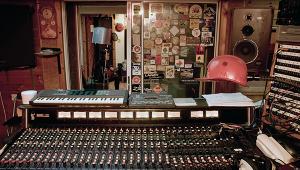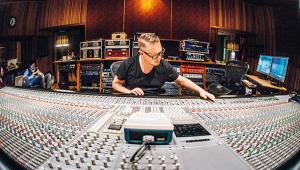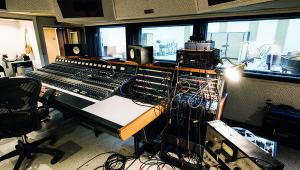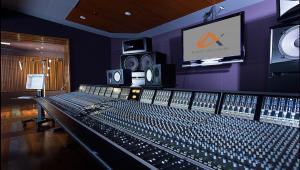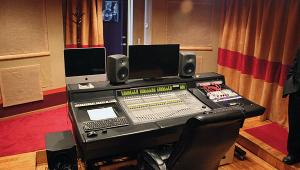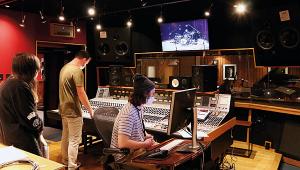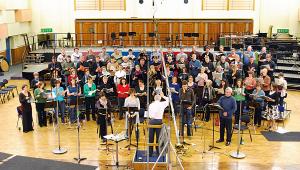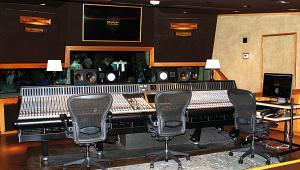Siemens Electronic Studio
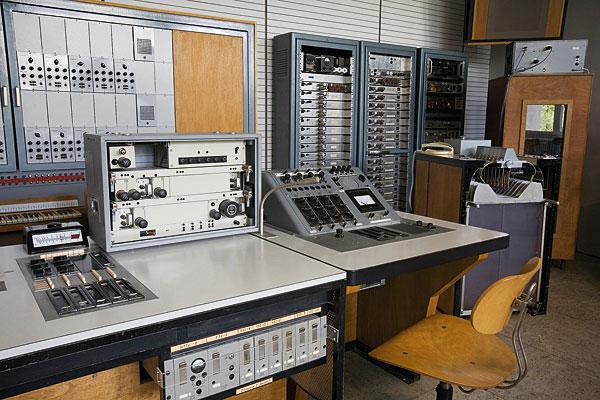
Nobody writes letters anymore, but back on the 11th of March 1913 an Italian artist called Luigi Russolo wrote one to a fellow countryman called Francesco Balilla Pratella, who was a musician and composer. Both men were followers of the writer Filippo Tommaso Marinetti who, in 1909, had founded the Futurist movement.
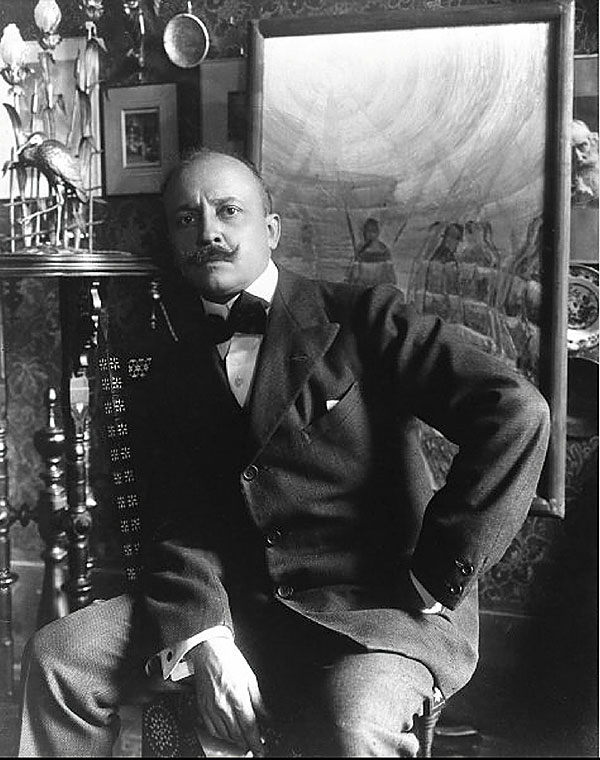
Marinetti's aim was to discard the art of the past and to usher in a new age that rejected tradition and celebrated change, originality and innovation in both culture and society. His original manifesto exalted the beauty of the machine, embraced the emerging new technology and worshipped the automobile and aeroplane for their speed, power, and movement. His Futurists also gloried in violence and conflict and called for the desecration of cultural institutions such as museums and libraries.
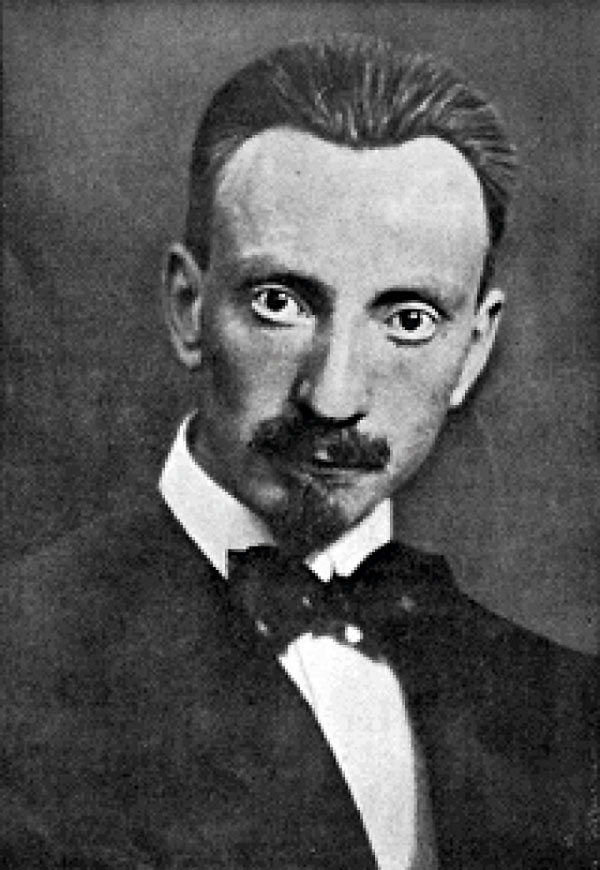
Punk Poet
Stirred into action by Marinetti, a Manifesto Of The Futurist Painters was published in 1910 which declared, 'We want to fight implacably against the mindless, snobbish, and fanatical religion of the past, nurtured by the pernicious existence of the museums.

'We rebel against the spineless admiration for old canvases, old statues, and old objects, and against the enthusiasm for everything worm-eaten, grimy, or corroded by time; and we deem it unjust and criminal that people habitually disdain whatever is young, new, and trembling with life'. In other words, Marinetti invented punk 67 years before Malcolm McLaren.
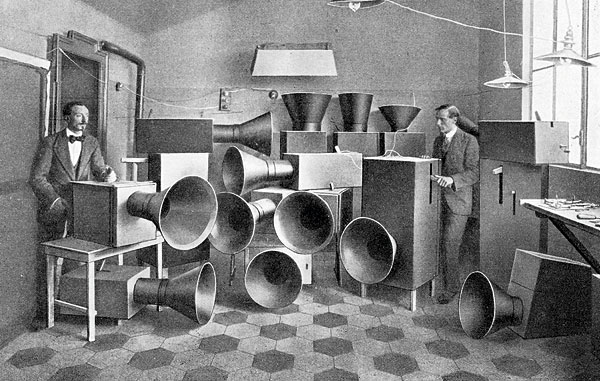
He was mainly a poet and founded and edited a Futurist journal called Poesia, and it was this that inspired Luigi Russolo to write his letter. Titled L'Arte Dei Rumori, aka The Art Of Noises, it proposed that the new sonic palette created by industrialisation and urban growth required a new approach to musical instrumentation and composition. His contention was that centuries before the invention of machinery the world was essentially quiet and hence its music was created with simple instruments to reflect this. But it progressively grew more complex as civilisation developed, with musicians seeking to create new and more dissonant chords.
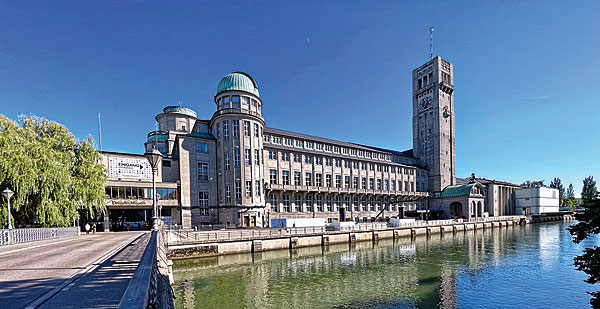
Bring The Noise
According to Russolo, the invention of machines and the noise they made changed how our emotions related to sound. In order to provoke a reaction, therefore, musicians would have to break out of the limited confines currently employed by orchestras, and embrace the new cacophony and the technology that would allow them to manipulate noises in ways that could not have been envisioned before or achieved on traditional instruments.
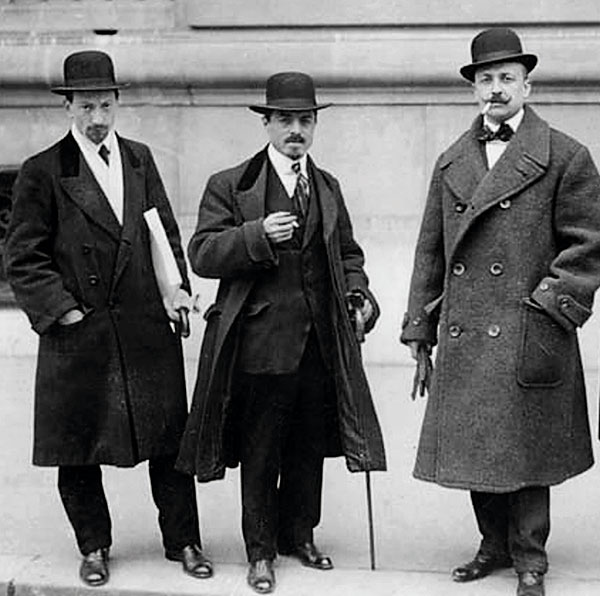
Music, he said, had reached a point that no longer had the power to excite or inspire. Even when it was new, he argued, it still sounded old and familiar, leaving the audience, 'waiting for the extraordinary sensation that never comes'. He urged musicians to explore the city with their ears more sensitive than their eyes...
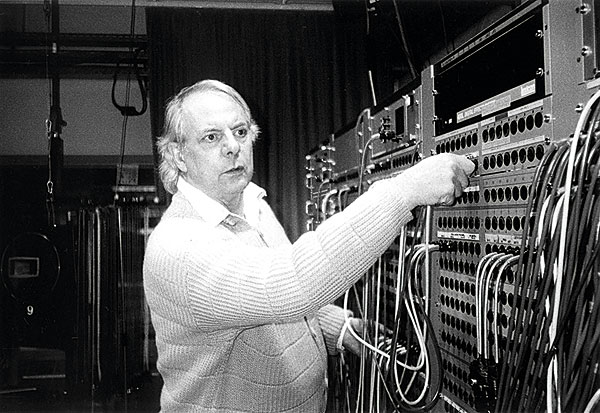
'The variety of noises is infinite. If today, when we have perhaps a thousand different machines, we can distinguish a thousand different noises, tomorrow, as new machines multiply, we will be able to distinguish ten, 20 or 30,000 different noises, not merely in a simply imitative way, but to combine them according to our imagination'.
